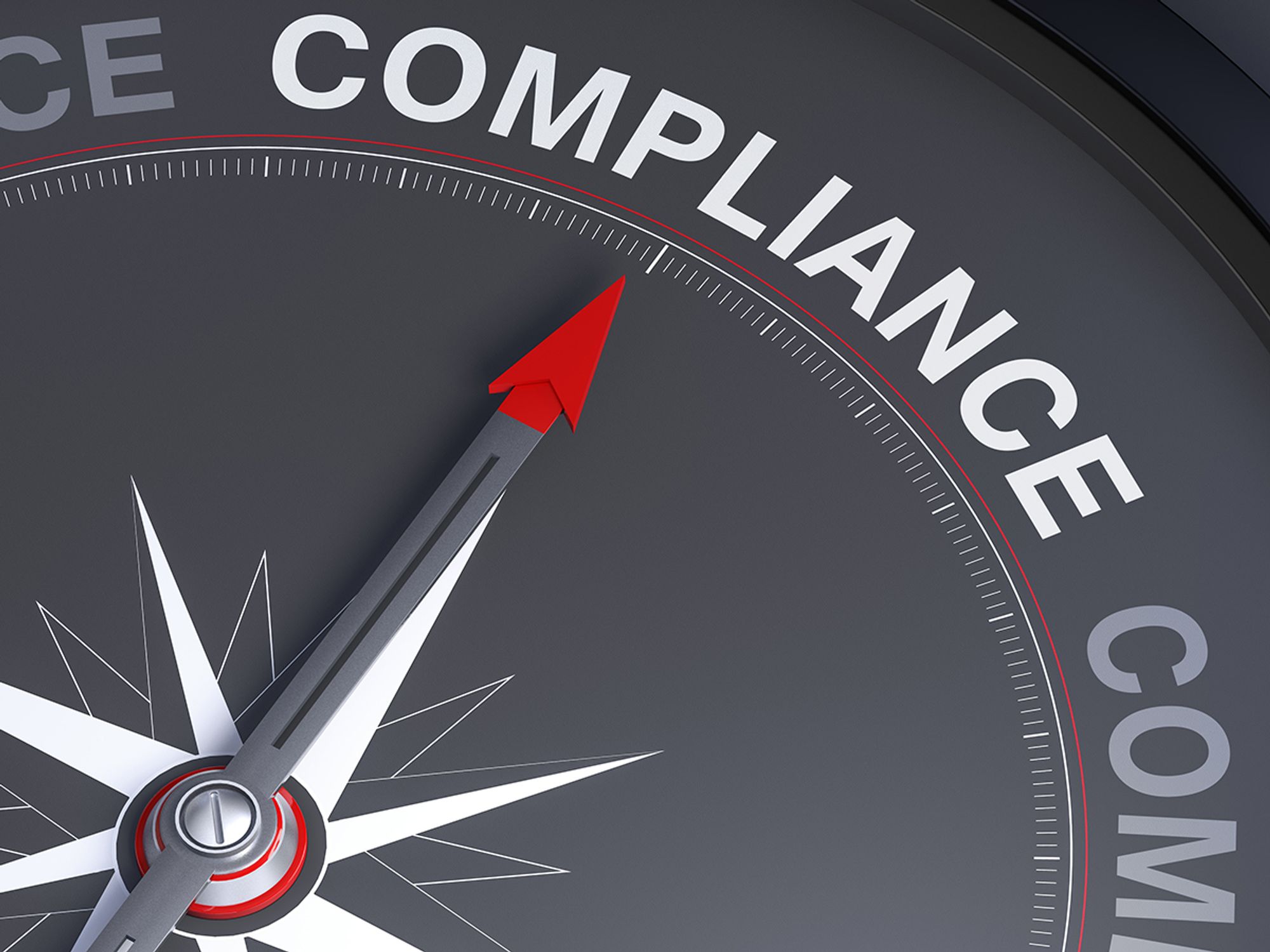Related laws and regulations

- Even without a comprehensive COVID-19 standard, OSHA has requirements related to preventing occupational exposure to SARS-CoV-2 and to hazardous chemicals used for cleaning and disinfection.
Several Occupational Safety and Health Administration (OSHA) requirements apply to preventing occupational exposure to Severe Acute Respiratory Syndrome Coronavirus 2 (SARS-CoV-2) virus, the virus that causes Coronavirus Disease 2019 (COVID-19). Among the most relevant are:
- 29 USC 654(a)(1), General duty clause, Section 5(a)(1) of the Occupational Safety and Health Act of 1970, which requires employers to furnish to each worker "employment and a place of employment, which are free from recognized hazards that are causing or are likely to cause death or serious physical harm;”
- 29 CFR 1904, Recording and reporting occupational injuries and illnesses;
- 1910.132, General requirements (for personal protective equipment);
- 1910.133, Eye and face protection;
- 1910.134, Respiratory protection;
- 1910.138, Hand protection;
- 1910.141, Sanitation;
- 1910.142, Temporary labor camps;
- 1910.145, Specifications for accident prevention signs and tags;
- 1910.502(q)(2)(ii), (q)(3)(ii)-(iv), and (r), Healthcare;
- 1910.1020, Access to employee exposure and medical records;
- 1910.1450, Occupational exposure to hazardous chemicals in laboratories;
- 1915.88, Sanitation;
- 1915.91, Accident prevention signs and tags;
- 1915.152, General requirements (for personal protective equipment);
- 1915.154, Respiratory protection;
- 1915.157, Hand and body protection;
- 1915.1020, Access to employee exposure and medical records;
- 1917.1, Scope and applicability (regarding employee exposure/medical records and respiratory protection);
- 1917.127, Sanitation;
- 1918.1, Scope and application (regarding employee exposure/medical records and respiratory protection);
- 1918.95, Sanitation;
- 1926.33, Access to employee exposure and medical records;
- 1926.51, Sanitation;
- 1926.95, Criteria for personal protective equipment;
- 1926.102, Eye and face protection;
- 1926.103, Respiratory protection;
- 1928.21, Applicable standards in 29 CFR part 1910 (regarding temporary labor camps);
- 1928.110, Field sanitation; and
- 29 CFR 1960, Basic program elements for federal employee occupational safety and health programs and related matters.
OSHA's Bloodborne Pathogens Standard (29 CFR 1910.1030) applies to occupational exposure to human blood and other potentially infectious materials (OPIM) that typically do not include respiratory secretions that may contain SARS-CoV-2 (unless visible blood is present). However, the provisions of the standard offer a framework that may help control some sources of the virus, including exposures to body fluids (e.g., respiratory secretions) not covered by the standard.
Employers must also protect their workers from exposure to hazardous chemicals used for cleaning and disinfection. Employers should be aware that common sanitizers and sterilizers could contain hazardous chemicals. Where workers are exposed to hazardous chemicals, employers must comply with OSHA's Hazard Communication Standard (29 CFR 1910.1200), Personal Protective Equipment standards, and other applicable OSHA chemical standards.
Codified at 29 USC 660(c), employers will find that section 11(c) of the Occupational Safety and Health Act of 1970 prohibits employers from retaliating against workers for exercising a variety of rights guaranteed under the OSH Act, such as filing a safety or health complaint with OSHA, raising a health and safety concern with their employers, participating in an OSHA inspection, or reporting a work-related injury or illness.
